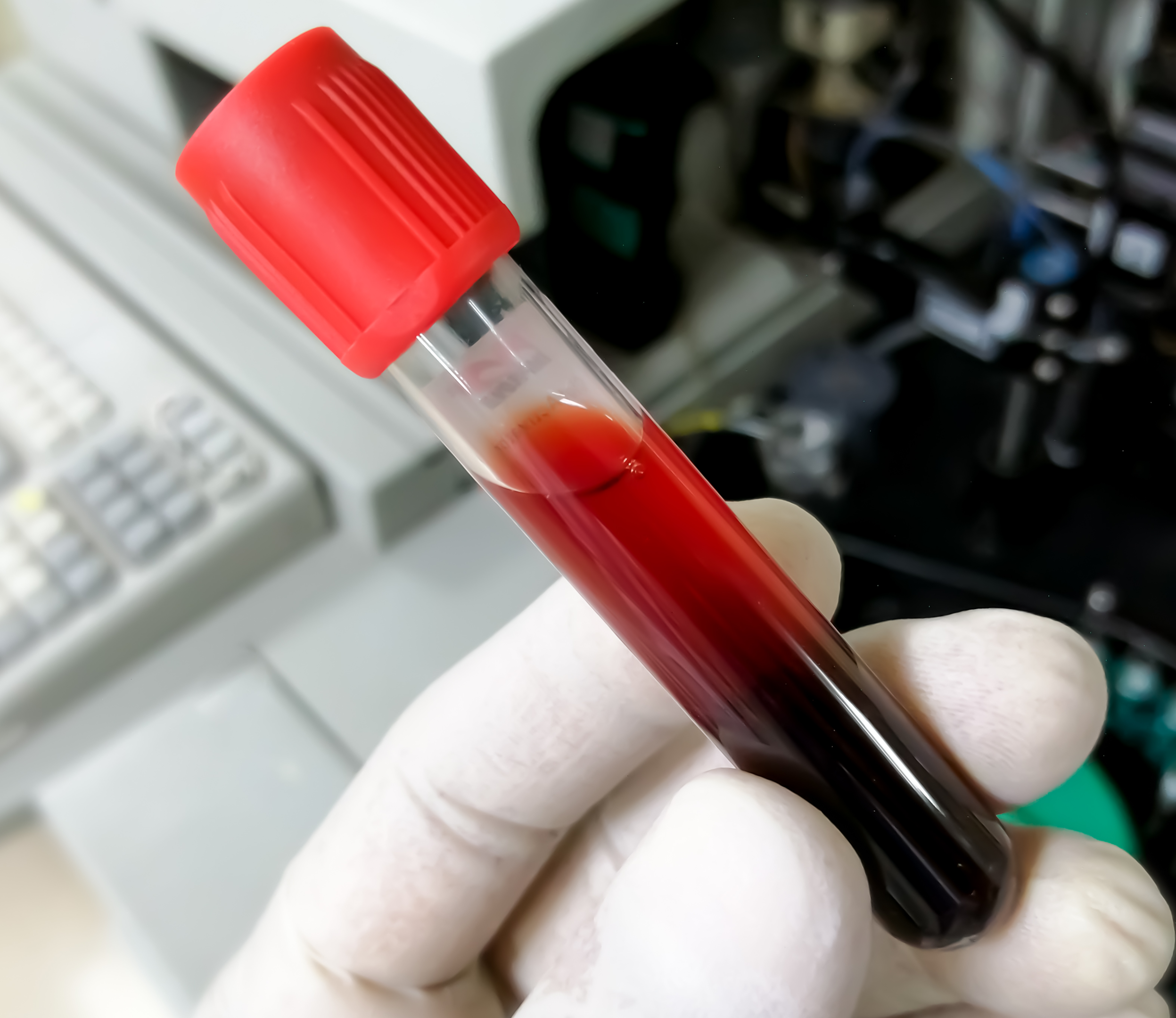What is haemolysis and what does it mean if your results come back with a 'sample was haemolysed' note?
Keep reading to learn how to avoid a haemolysed sample and what might have caused the haemolysis in your sample collection.

Haemolysis means the breakdown of red blood cells (RBCs) in the blood (lysis: breakdown) and can occur both during and after your blood sample is taken. There are many reasons why your sample may become haemolysed; these can range from using excessive force when extracting the blood to temperature changes that occur during transport.
What causes haemolysis?
Haemolysis is the term used to describe the destruction of red blood cells (RBCs). These cells are fragile and can rupture in response to multiple types of stress.
Let's look into what causes haemolysis and learn how to avoid it happening with your sample.
Sample collection
- You may have been too forceful when collecting your blood, e.g. your finger was squeezed too hard during the sample collection and the red blood cells burst.
- Vigorously shaking or mixing the tube, e.g. you swirled your collected blood in the tube too hard/too much.
Environment and transport
- The sample was exposed to temperatures that were too high or too low during storage and transportation, e.g. the sample sat in the post box for too long and became cold.
- A long delay in the time between sample collection and the analysis at the lab. To avoid this, try to have your sample collected and sent to the lab on the same day.
- The exposure of samples to direct sunlight, air or chemicals
How does haemolysis influence testing?
When haemolysis of blood samples occurs, this usually means that the analysis cannot be done and no results will be given.
- If this is the case, you need to repeat sampling and take steps to avoid your sample becoming haemolysed again.

How can you minimise the risk of haemolysis?
The following tips will reduce the risk of haemolysis during sample collection, handling and processing.
- Stay hydrated by drinking plenty of water. It will keep the blood in an ideal state, reducing the fragility of red blood cells and facilitating the collection process. Ensure you do this on the day of your test and the day before.
- Heat will improve blood flow, so warm up the area of the site. Do this by taking a warm/hot shower or soaking your hand in a bowl of warm water. After your hand is warmer, make sure you then wash your hands with warm water.
- Do some light exercises, e.g., walking or spinning your arms in circles for a couple of minutes, to improve circulation.
- Let gravity do some of the work for you! Keep your arms below the level of your heart.
- Allow the disinfectant wipe used at the extraction site to dry completely before you begin blood collection.
- Be gentle, you may think that squeezing hard will bring out more blood, but this may damage your red blood cells. So carefully massage your hand from your palm towards the tip of your finger.
- You may have a better chance of improved blood flow on a different finger, e.g. some people have improved blood flow when they use their ring finger.
- Avoid vigorous shaking to mix the blood with anticoagulants.
- Follow the instructions provided on the kit for collection and transportation.
The bottom line
While many factors can result in the haemolysis of RBCs during the collection, transportation and processing of blood samples, there are steps to take to avoid this outcome.
Be sure to follow the guidelines for specimen collection, storage and processing carefully.



